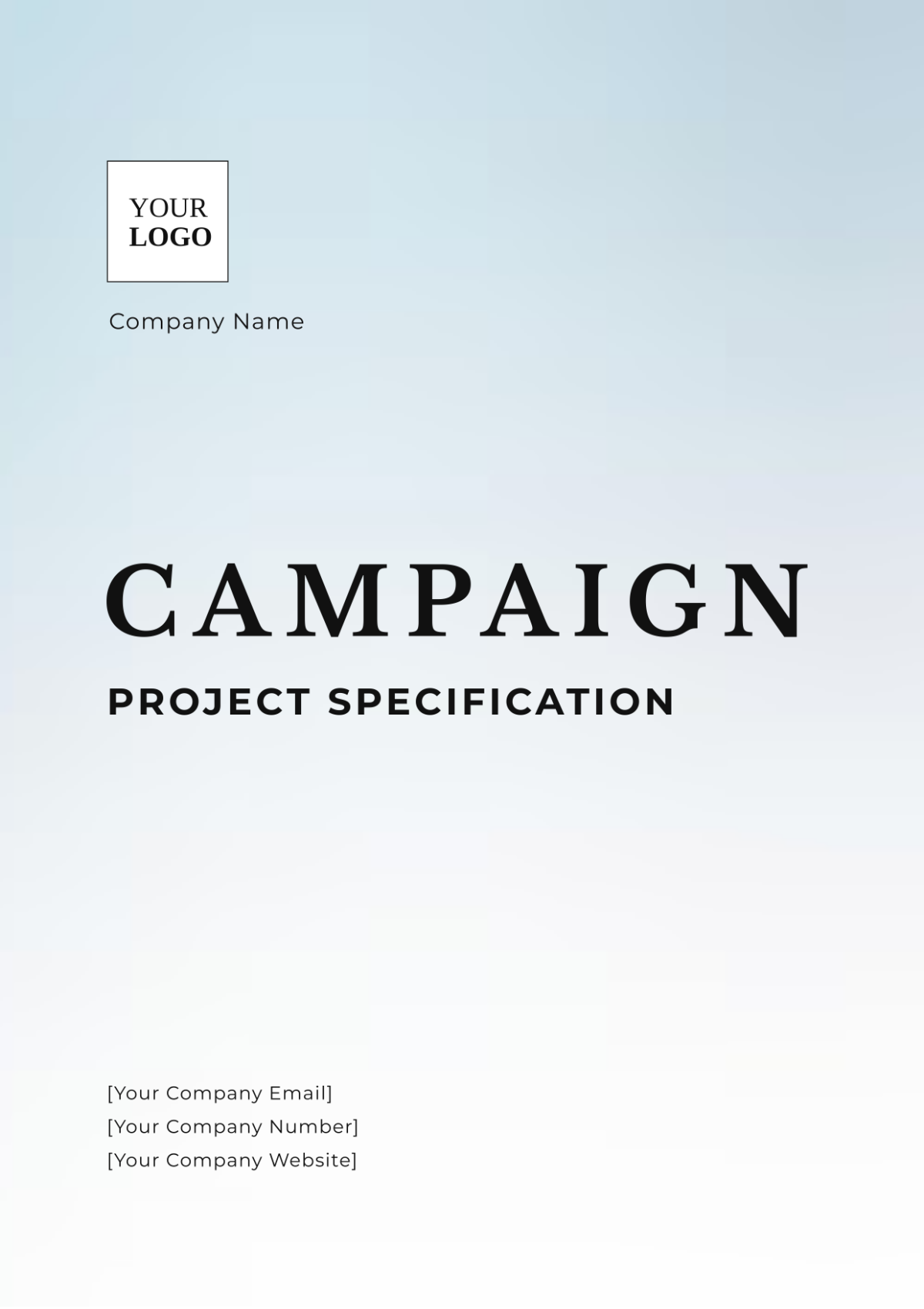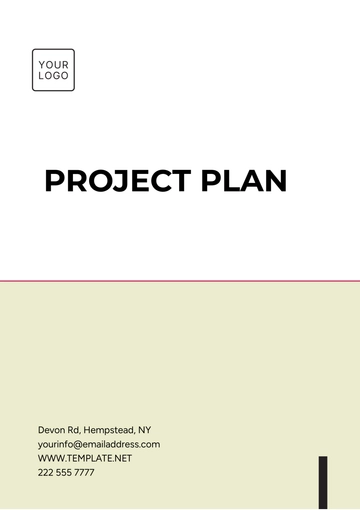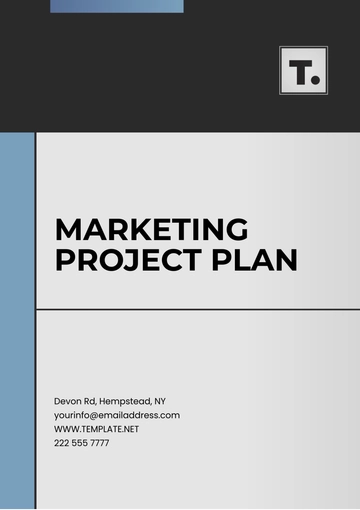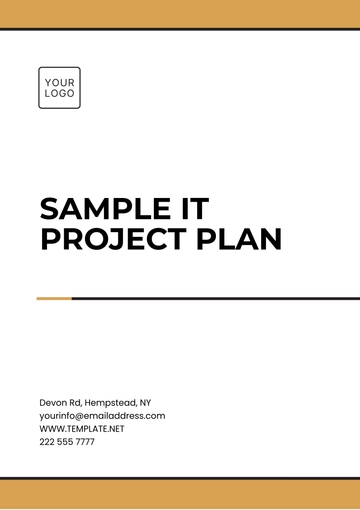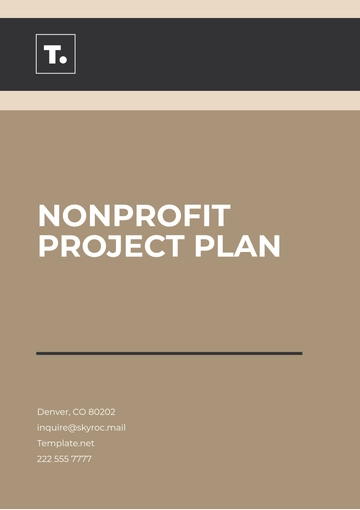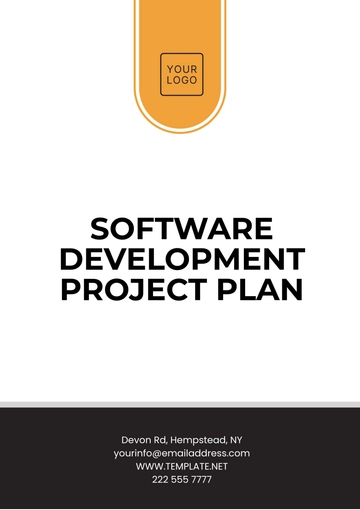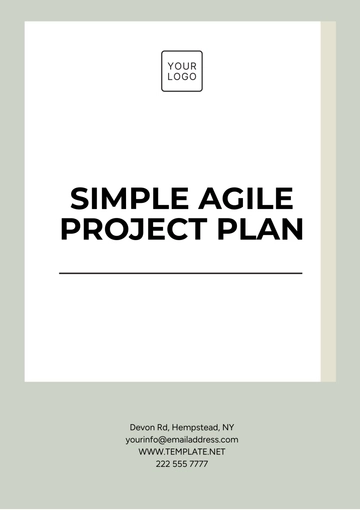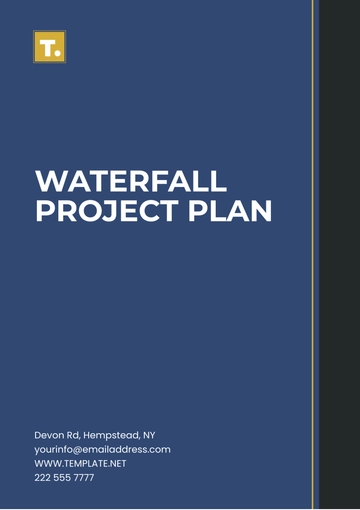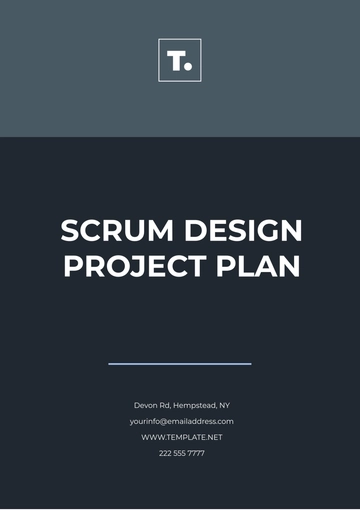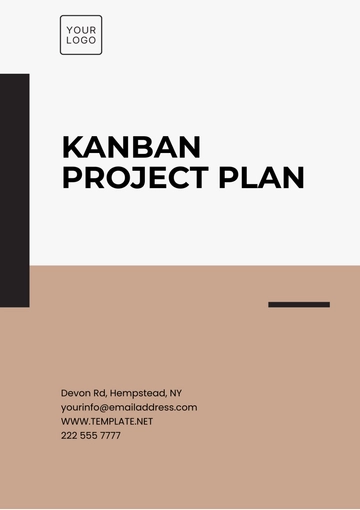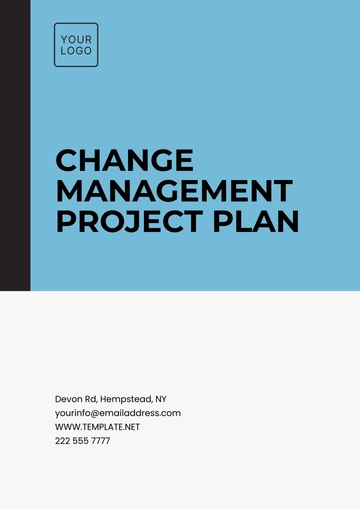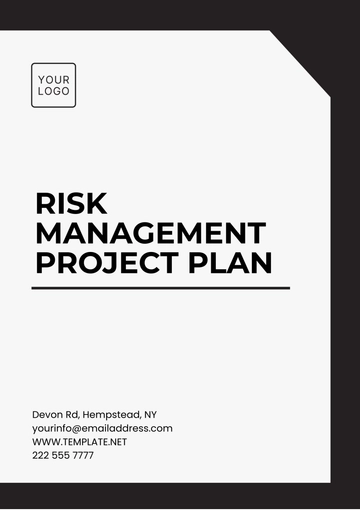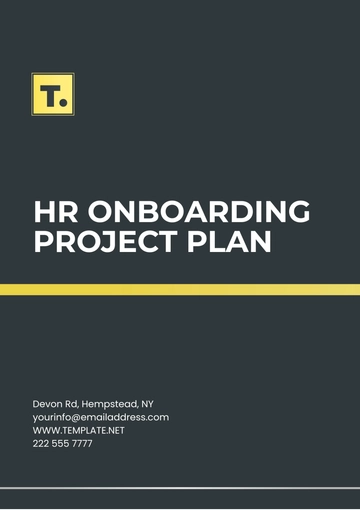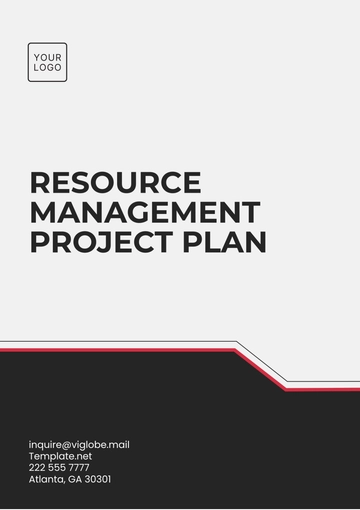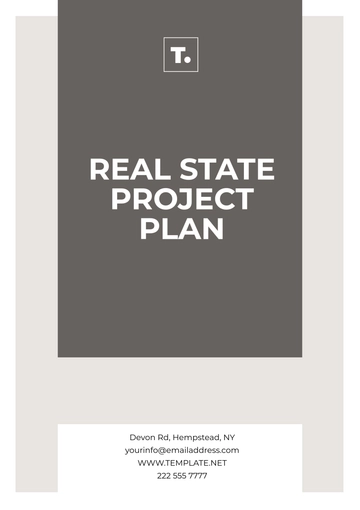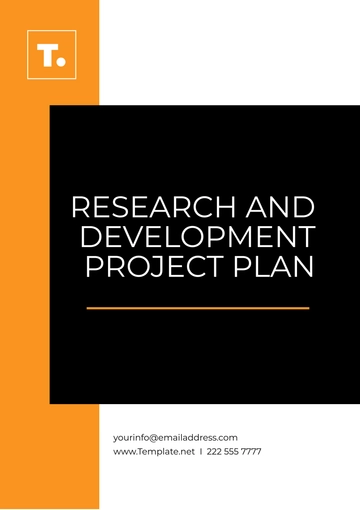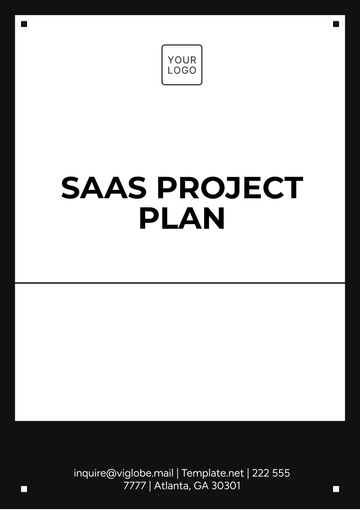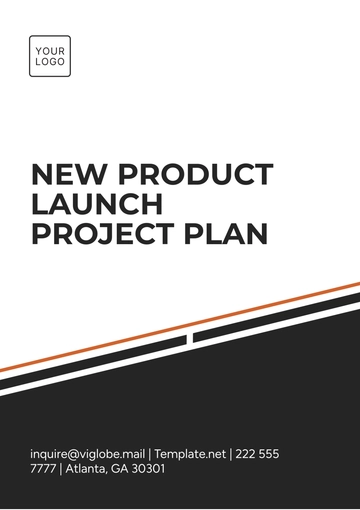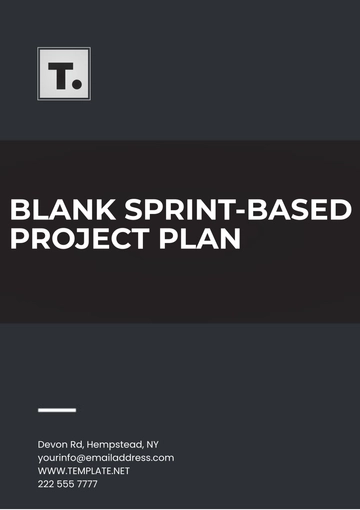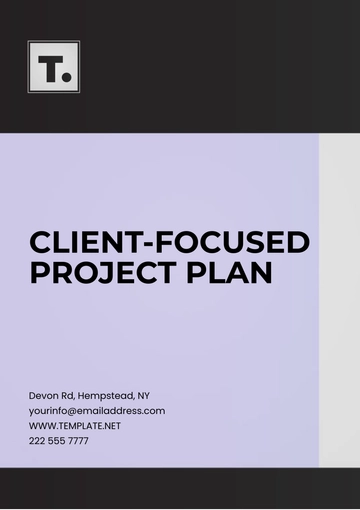Campaign Project Specification
Prepared By: [Your Name]
I. Introduction
This document serves as an extensive and detailed specification for a Campaign Project carried out by [Your Company Name]. It meticulously outlines every essential component and step-by-step process required to achieve the project's successful execution. The primary goal of this document is to ensure that there is clear communication and a shared understanding among all stakeholders involved in the project.
II. Project Overview
A. Objectives
The primary objectives of this campaign project are to:
Increase brand awareness.
Engage the target audience through compelling content.
Boost sales and conversions through strategic promotions.
Gather valuable customer insights and feedback.
B. Scope
The scope of this campaign includes:
Development of marketing materials (digital and print).
Social media strategy and execution.
Email marketing campaigns.
Offline promotional events.
Performance tracking and analysis.
C. Target Audience
Identifying and understanding the target audience is crucial for the success of the campaign. The target audience for this campaign includes:
Segment | Description |
|---|
Age Group | 25-45 years |
Gender | Both male and female |
Interests | Technology, fitness, travel, and lifestyle improvement |
Location | Urban areas in North America and Europe |
III. Campaign Strategy
A. Marketing Channels
The campaign will utilize a mix of online and offline marketing channels to reach the target audience effectively. These channels include:
Social Media Platforms (Facebook, Instagram, Twitter, LinkedIn)
Email Marketing
Content Marketing (Blogs, Articles, Videos)
Search Engine Marketing (SEO, PPC)
Influencer Collaborations
Offline Events and Promotions
B. Content Strategy
The content strategy is designed to resonate with the target audience and achieve campaign objectives. Key elements of the content strategy include:
Content like infographics, videos, blogs, and social media posts.
A consistent brand voice and messaging.
Content themes based on audience interests and campaign objectives.
Regular content updates and engagement activities.
IV. Timeline
The campaign will follow a structured timeline to ensure timely execution of all tasks and activities:
Phase | Duration | Activities |
|---|
Planning | 2 weeks | Objective setting, audience research, and campaign strategy. |
Preparation | 4 weeks | Content creation, asset development, channel setup |
Execution | 8 weeks | Campaign launch, monitoring, and adjustments |
Evaluation | 2 weeks | Performance analysis, reporting, and insights |
V. Budget
The campaign budget is allocated across different components to achieve the desired outcomes. A detailed breakdown is provided below:
Component | Estimated Cost |
|---|
Content Creation | $10,000 |
Social Media Advertising | $15,000 |
Email Marketing | $5,000 |
Influencer Partnerships | $8,000 |
Offline Events | $12,000 |
Miscellaneous | $5,000 |
VI. Key Performance Indicators (KPIs)
To measure the success of the campaign, the following Key Performance Indicators (KPIs) will be monitored:
Reach and Impressions
Engagement Rate (likes, comments, shares)
Click-Through Rate (CTR)
Conversion Rate
Return on Investment (ROI)
Customer Feedback and Satisfaction
VII. Risks and Mitigation
Potential risks associated with the campaign and corresponding mitigation strategies are outlined below:
Risk | Mitigation Strategy |
|---|
Low engagement rates | Revamp strategy and boost promotions. |
Budget overruns | Track spending and adjust as needed. |
Negative customer feedback | Respond to feedback quickly and tweak strategies. |
Technical issues | Ensure robust technical support and backup plans |
Unforeseen market changes | Stay agile and ready to pivot strategies if necessary |
Project Specification Templates @ Template.net
